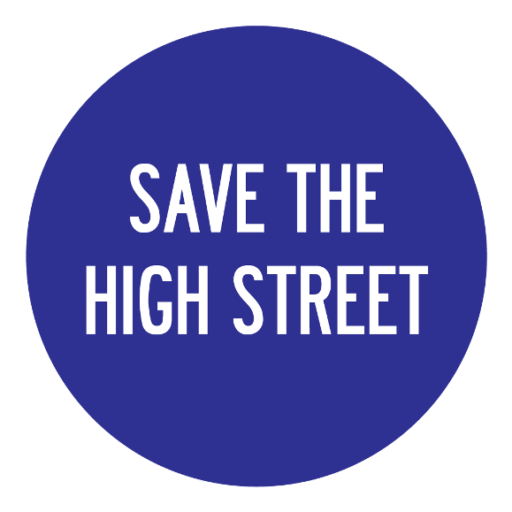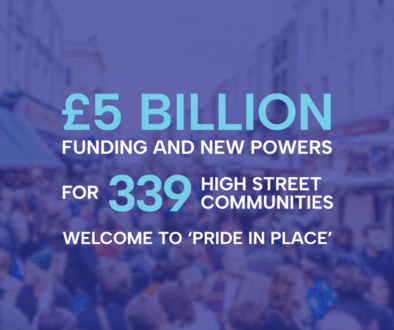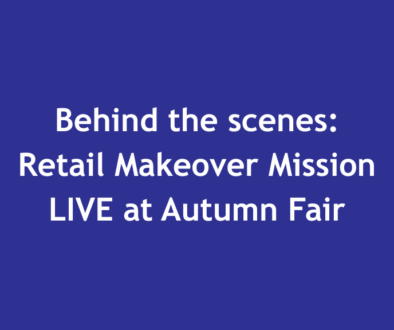Point-of-Sale Software: What Can it Do For You?
Point-of-sale software can do an awful lot for your shop. All the big chains have been using point-of-sale software for years and with retail becoming an ever more competitive field, independents can’t afford to fall behind. Currently as few as one in three independent retailers are using POS software. The rest are running on pen-and-paper, or excel spreadsheets.
For some retailers these old-fashioned ways of handling sales and inventory are a point of pride. It’s a good feeling to know you’re keeping up without having to rely on these modern, electronic systems. But by passing these duties on to an ePOS system, that keeps track of your business automatically you can focus your efforts on other important parts of your business that can’t be run by a machine. Without having to fill in spreadsheets or hand-count inventory, you and your staff can save a huge amount of time. And remember, time is money, especially in retail.
If used properly, an ePOS system can be your new star employee. But first you need to know just what exactly point-of-sale software can do. Which is an awful lot. From tracking stock, to following your employees’ sales figures, to keeping track of loyal customers through their card payments. Point-of-sale software can do it all. Even if you’re one of the independents that has POS software in place, you might not be making the most of it. Many retailers don’t realise the full extent of what point-of-sale software can do for you. well, really, it all starts with tracking.

Tracking, Tracking, Tracking
And yet more tracking. It’s one of the most fundamental uses of point-of-sale software. You can use it to track sales and instantly connect your sales figures to your stock. You can use it to automatically monitor what your customers are buying and when they like to make their purchases. You can keep an eye on which of your employees are making these sales. You can follow your loyal customers and what they like to buy.
As we’ve all heard before, knowledge is power. By tracking these stats you can shape how you sell and who you target. You can shape staff rotas so you have the manpower you need, at the times you need it most. You can keep track of when your best customers like to shop and make sure you’re there to greet them personally. A little knowledge can go a long way to helping your business thrive.

After Tracking Comes Analysis
Data is a valuable thing. With good analysis, data can inform even the toughest business decisions, letting you manage your business with confidence. And the thing is, your business has data. Data on every sale you make, every customer that buys from your shop, every item you sell. You have information on what sells when. You have info on which of your employees sells the most. Which of your customers buys the most when they shop. But most retailers aren’t making use of this data. Many retailers don’t realise that they have this data at their fingertips. Even if you do realise the value of it, getting this data together to analyse can be very time consuming. Fortunately, all good ePOS offer real-time sales reports, to keep you informed.
With the right point-of-sale software you can analyse all this data you collect to not just track what’s been going on, but also predict what will happen next. Knowing what sold well, at what points in a year means you can predict what will sell well, when, next year. Without this sort of data analysis you’ve got to make a lot of guesses and assumptions. With it, you can make confident, fact-driven decisions that are more likely to have a bigger, more positive impact on your business.
Make sure to check out this article from Ashley Gilgrist at ePOS provider Vend. It covers a lot of the reasons why independents are getting ePOS for their shops and why return buyers are willing to put more money into their ePOS.
Get a 30 day free trial of Vend’s EPOS for retail!
Lastly, if you have any further questions about point-of-sale software, don’t hesitate to get in touch.




